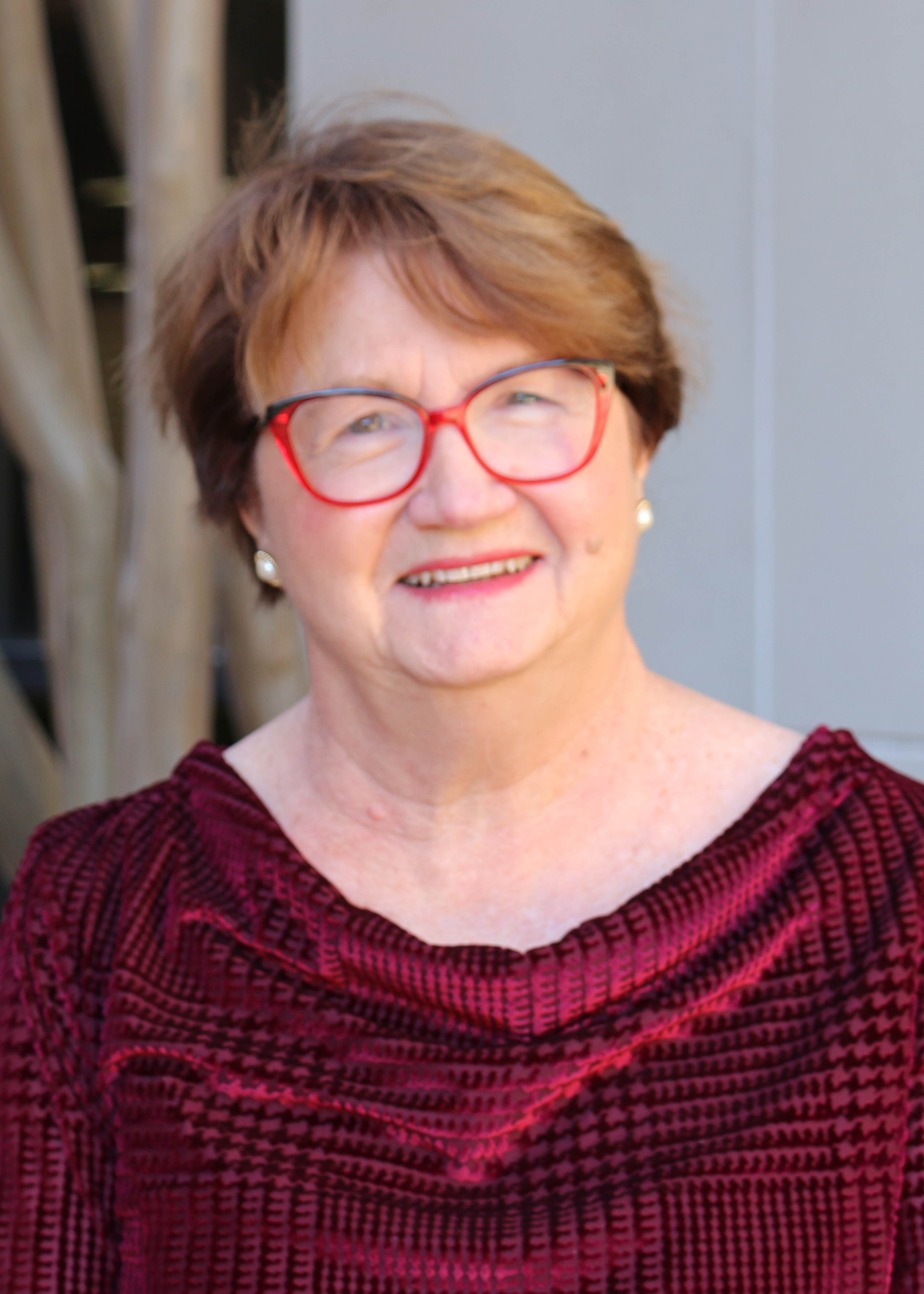Broad research focus?
Stroke prevention, sex differences as risk factors, early life risk factors, cognitive function, health disparities, and clinical trials.
Year you joined SOPH?
1999. Prior to UAB, I held a number of positions in the Department of Neurology at Wake Forest. I earned my MSPH in Biostatistics from UNC and my PhD in Epidemiology from the Medical University of South Carolina.
What brought you to the SOPH?
The idea for REGARDS, REasons for Geographic and Racial Differences in Stroke, was born while we were at Wake Forest. When we visited UAB, we received an enormous amount of enthusiasm for building a research emphasis on stroke. Everyone was very eager to collaborate and excited about the prospect of establishing a national cohort to study stroke risk factors that would oversample residents of the Stroke Belt and African Americans. This support allowed us to hit the ground running with the writing of the original REGARDS grant, which was funded by NINDS on the first submission.
By "we" you mean...?
My husband George and I.
Most prized professional accomplishment?
Collaborations and friendships with multidisciplinary stroke researchers all over the world. We also have three children, two of whom are biostatisticians and the third is an epidemiologist. We like to think the fun and opportunities we’ve had contributed to this.
The REGARDS cohort launched in 2003. What's the latest?
At the 2020 AHA Stroke Conference, I presented preliminary results related to living in the Stroke Belt at younger ages and later life cognitive function. Our results suggest that childhood or early adult residence in the Stroke Belt increases the risk of cognitive impairment, regardless of place of residence in later adulthood.
What is it about the Stroke Belt?
Unlike some other diseases (e.g., cancer), no national registry for stroke exists. The Stroke Belt gets its name from the region's disproportionate number of deaths attributable to stroke. However, we know that it is the accumulation of risk factors throughout a person's life that ultimately results in stroke. So, what is happening in the Stroke Belt? We have recently been investigating quality of education. As epidemiologists, we often adjust our analyses by level of education (i.e., less than high school, some college, etc.). Our recent work seeks to validate measures of education quality. We hope this distinction between quality and length will contribute to understanding why traditional risk factors do not fully explain the increased risk for stroke in the Stroke Belt.
If you could study anything. . .
I would love to establish a national, prospective pediatric cohort to examine how early-life and childhood factors, such as social support and quality of education, affect resilience, disease prevention, and age-related conditions. Much of the work in this area has been based on retrospective data from cohorts of adults. There are a few childhood cardiovascular cohorts in the U.S. and other countries but the enrollment was mainly school-based and in limited geographical areas. More information about how early life factors influence the development of cardiovascular risk factors could ultimately help guide local and national funding priorities in prevention strategies.
